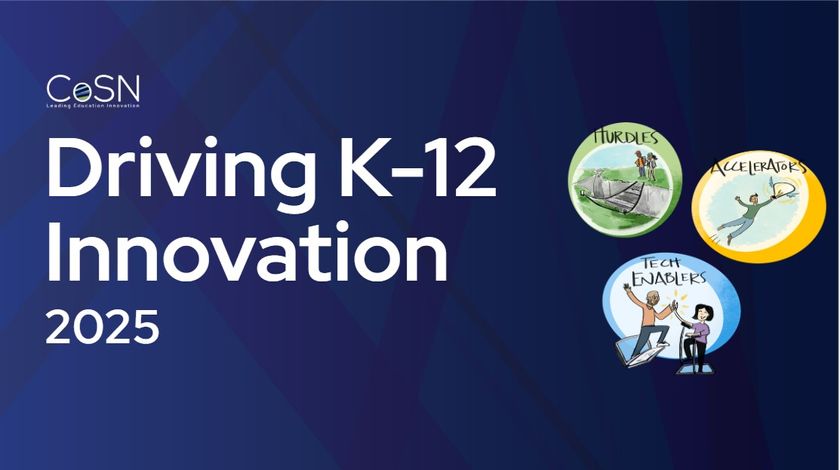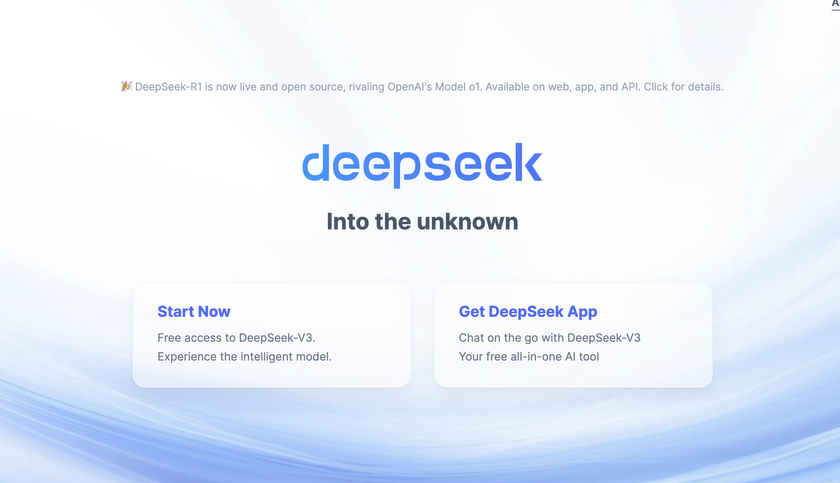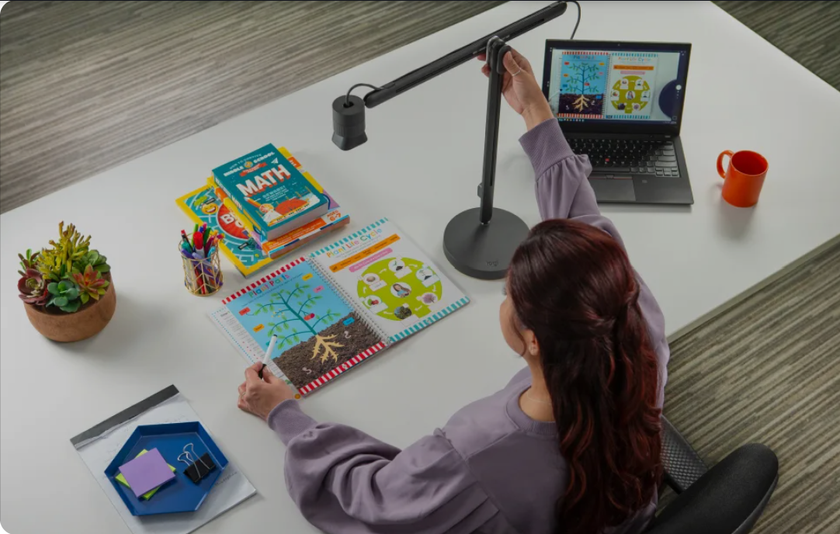Teaching Tech Literacy to the MySpace Generation
from School CIO
When it comes to sharpening students' IT skills, districts take different approaches.
In an era in which kids download music, publish their own blogs, and gossip via instant messages—all while juggling a treasure chest of electronic gadgets—the idea that schools should be teaching them to be technology literate seems almost silly.
David DeBarr, instructional technology coordinator for the Scottsdale Unified School District in Scottsdale, Arizona, hears that from parents all the time. "I cringe when I hear that the kids already know it all. The kids don't know it all," he says. "The kids know how to text message on their phones, but ask them to type a research paper and format it, they don't know how to do that. Not many of those kids will be going into business and turning in a business proposal on a phone."
DeBarr believes that teaching students how to use the Internet or specific software applications is simply a means to an end. "Technology literacy has to be technology as a tool," he says. "Our approach is not to teach technology. Our approach is to teach it as a goal. It becomes infused in every classroom and becomes part of life. It happens naturally."
It's still another four or five years, however, before Scottsdale, with 27,000 students in 32 schools, has the necessary technology installed in every classroom. That's because of insufficient funding and a lack of national attention to push technology literacy to the top of the priority list, says DeBarr.
Different Strokes
Tech & Learning Newsletter
Tools and ideas to transform education. Sign up below.
Chris Lehman, principal of Philadelphia's Science Leadership Academy, a new high school that opened this September, agrees that schools should be doing more than teaching applications. But he has an entirely different map for how to get there.
"We need to get away from the notion that computers are something we go use in a lab once a week," he says. "When was the last time we sent kids to a pencil lab?"
The Science Leadership Academy, developed in partnership with The Franklin Institute, a science museum, will teach a curriculum that stresses science, technology, mathematics, and entrepreneurship. Instead of a computer lab, students will take a "technology infusion workshop" with the same peers they take English, history, and science with. They'll learn Microsoft Office and how to make a movie and use the school's network.
"Just because a kid knows how to use a computer and knows their way around the Internet doesn't mean they understand how it will transform them as students and learners," he says. "Every school should have kids asking, how does this technology change the way I'm a student, a learner, a citizen?"
Most important, Lehman hopes his school will be able to provide a laptop to each of the school's 100 students next year. "The $500 laptop is close to reality," he says.
Nothing but NETS
Scottsdale is three years away from a laptop in every backpack. The district will try a pilot program with every sophomore in all five of its high schools.
As for its target goals for tech literacy, Scottsdale has adopted the National Educational Technology Standards (NETS), an initiative of the International Society for Technology in Education and a consortium of partners, including the Software Information Industry Association and the National Education Association.
For the past three years, the district has worked with Learning.com to implement those standards with Web-based tutorials that students can complete in school computer labs or from home. That flexibility has been popular with both parents and teachers, as students continue their work during summer vacations. "I wish more of our software was available like that," DeBarr says.
In addition to tutorials, Learning.com also offers a second level of instruction, about applications. But unfortunately, few Scottsdale teachers use it, DeBarr says. "Until kids are being tested on tech literacy, it always takes a back seat to subjects being tested."
"My department's goal is to get them to see that technology is not an isolated topic but that it needs to be interwoven [throughout the] curriculum. That's unfortunately a difficult sell for many teachers."
As a result, the district is considering scaling back its work with Learning.com and developing its own instruction for applications—a four-week unit on Web page design, for example, or on using technology in a science classroom.
Christopher Heun is a New York-based freelancer.










